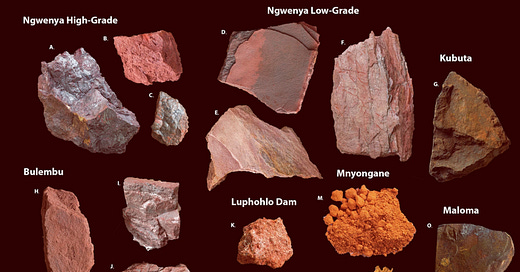Humanity’s Oldest Ochre Mine: The 48,000-Year Legacy of Artistry and Symbolism in Eswatini's Lion Cavern
Archaeologists reveal Lion Cavern in Eswatini as the world's oldest ochre mine, showing early humans’ sophisticated artistry, cultural traditions, and environmental impact.
The Ancient Artistry of Ochre Mining in Eswatini
The Lion Cavern at Ngwenya, Eswatini, holds groundbreaking evidence1 of humanity's earliest intensive ochre mining practices, dating back 48,000 years. This remarkable find suggests not only a profound commitment to artistic and symbolic expression but also the beginnings of human impact on the environment.…
Keep reading with a 7-day free trial
Subscribe to Anthropology.net to keep reading this post and get 7 days of free access to the full post archives.


